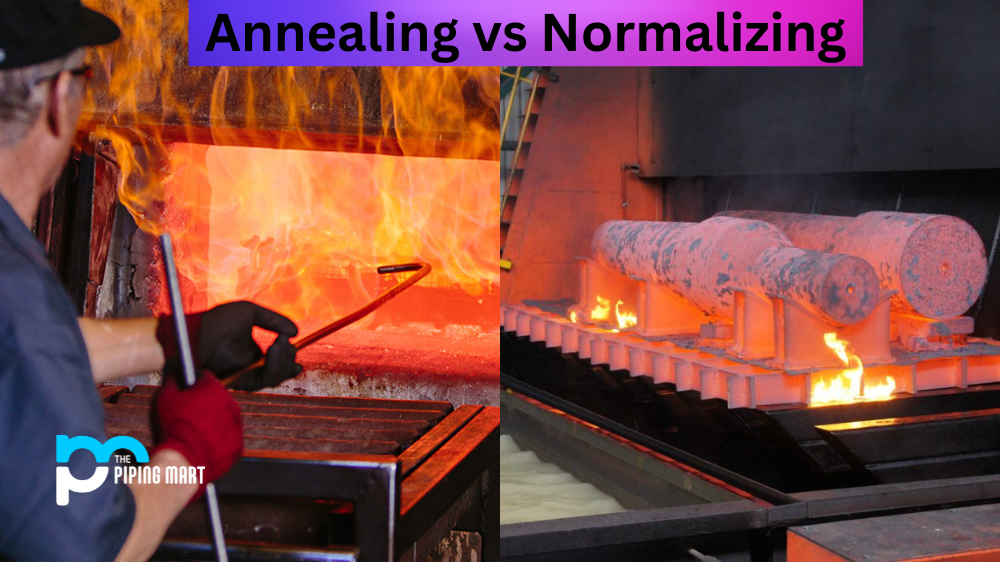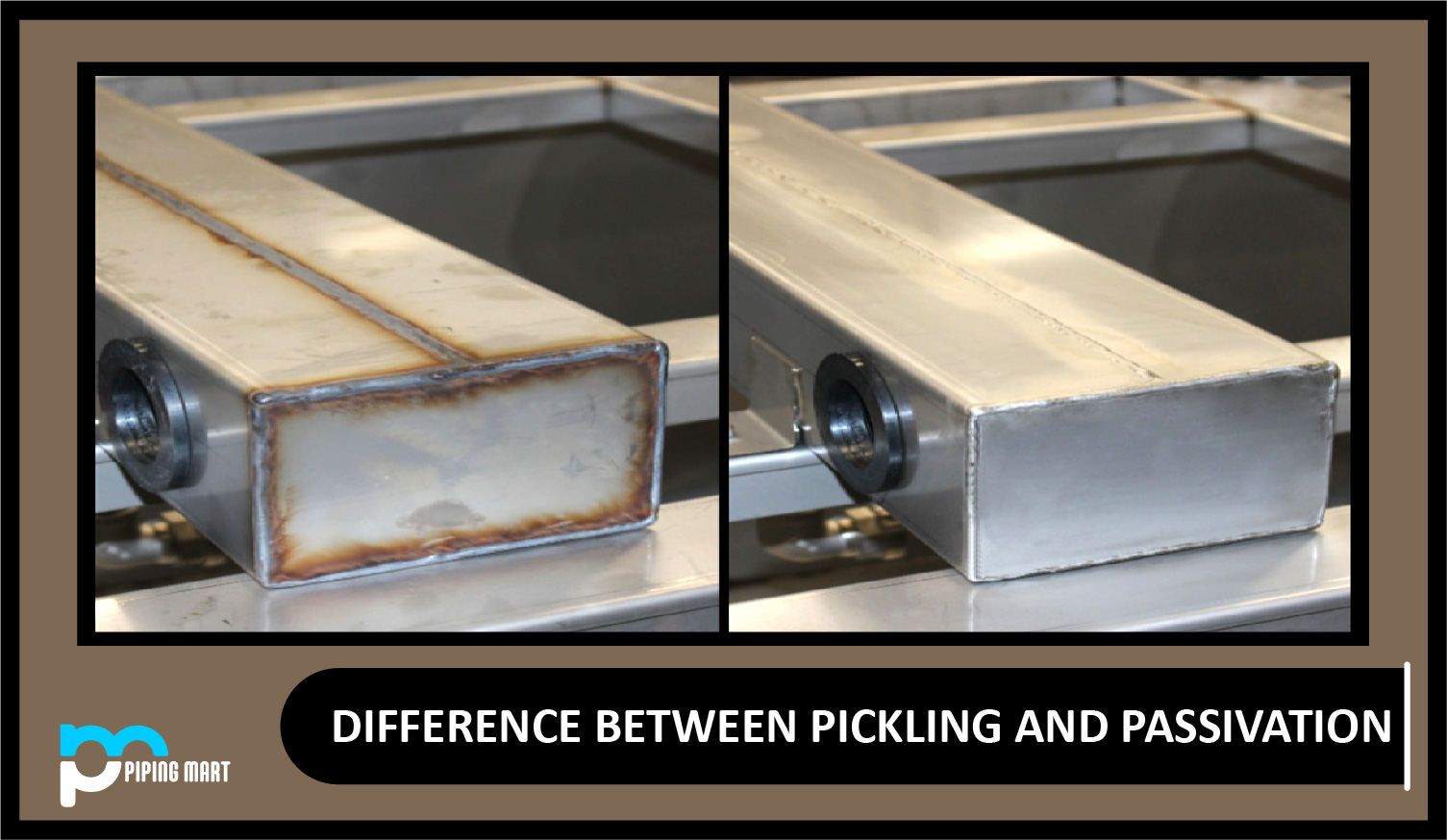Have you ever heard someone talk about annealing or normalizing their metal and wondered what it meant? If so, you’ve come to the right place. In this blog post, we’ll explain the difference between annealing and normalizing, two of the most important processes for heat treating different types of metals.
Annealing
Annealing is a heat treatment process that is used to soften metals or alloys. The metal or alloy is heated to a high temperature and then slowly cooled. This process can improve the ductility and toughness of the metal or alloy.
Normalizing
Normalizing is a heat treatment process that is used to improve the mechanical properties of metals or alloys. The metal or alloy is heated to a high temperature and then allowed to cool in the air. This process can improve the strength, hardness, and wear resistance of the metal or alloy.
Difference Between Annealing and Normalizing
Before we can get into the differences between annealing and normalizing, it helps to understand what they are. Annealing is a process used to soften metal by heating it in a furnace and then allowing it to cool slowly inside. This relieves stress from welding or machining processes and improves ductility, making it easier to work with. Normalizing, on the other hand, is a process used to adjust the microstructure of a metal by heating it above its recrystallization temperature and then cooling it in the air. This results in improved properties such as strength, hardness, machinability, formability, and ductility.
The biggest difference between annealing and normalizing lies in the cooling process involved. Annealing involves slow cooling in a furnace, while normalizing involves cooling in the air at room temperature. While both processes can be used to improve the properties of various metals, they have different applications depending on what type of metal is being treated. Steel usually requires annealing, whereas aluminium usually requires normalizing. Additionally, annealing is often used when working with larger parts, while normalizing is ideal for smaller parts that require higher levels of strength and hardness.
How They Are Used
Annealing is typically used for steel components that need increased toughness or formability after welding or machining operations have been completed. It can also be used for ageing steels prior to fabrication or prior to heat treatment operations like carburization or hardening. Normalizing is ideal for components made from castings or forgings because it helps remove internal stresses that may have been caused during manufacturing operations like casting or forging as well as thermal treatments like heat treatments that may have been applied afterwards. It can also be used for improving uniformity in case-hardened components like gears and shafts since these components often need uniformity across all surfaces before they can be ready for use in applications where they will experience heavy loads, such as automotive transmissions or industrial gearboxes.
Temperature
One of the main differences between annealing and normalizing is the temperature at which the metal or alloy is heated to. For annealing, the metal or alloy is typically heated to a lower temperature than for normalizing.
Cooling Rate
Another difference between annealing and normalizing is the cooling rate. For annealing, the metal or alloy is typically cooled at a slower rate than for normalizing. This slower cooling rate allows for more time for diffusion to occur, which results in a softer microstructure.
Microstructure
The microstructure of a metal or alloy can also be different after annealing versus normalizing. After annealing, the microstructure will typically be softer due to the diffusion that has occurred. After normalizing, the microstructure will typically be harder due to the lack of diffusion that has occurred.
Conclusion:
So there you have it—the difference between annealing and normalizing! Both processes are important steps in heat treating different types of metals, but their specific applications depend on the type of metal being treated as well as its intended use after treatment has been completed. Remember: when dealing with steel components, opt for annealing, whereas when dealing with aluminium components, opt for normalizing! With these tips in mind, you’ll never go wrong when heat-treating your metals!

Pipingmart is a B2B portal that specializes in metal, industrial and piping items. Additionally, we share the latest information and information about materials, products and various types of grades to assist businesses that are involved in this business.




